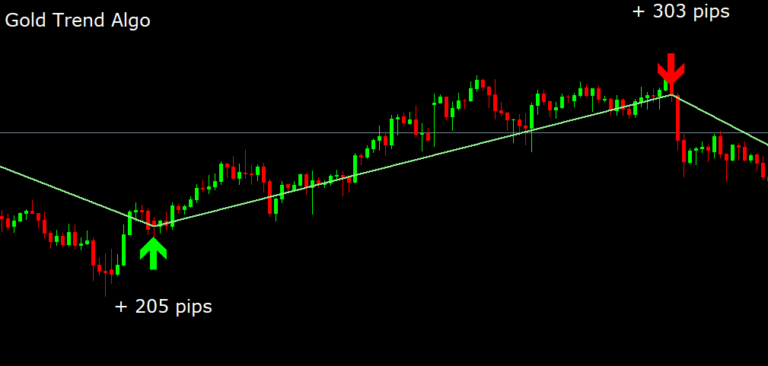

2k contracts at 1000 while the bid and ask spread is at 1000.50, as the broker/trader agreed to that amount a few minutes/seconds beforehand. Sometimes you can see delayed prints on Time and Sales i.e. Once they agree respective buy/sell order is entered on the brokers side and is then filled and then the trader/buyer acquires the agreed number of contracts. They will agree on a price for a number of contracts lets say a block of 1k contracts at 1000 a contract, just an example. Usually this type of transaction can be executed on the trading floor (as an example or between a broker and a trader). Sorry if these are bad questions but I've wanted to ask people this for ages I guess, how does the exchange find out the transaction occured and record the volume traded if it's a private transaction? I just don't understand how the volume gets recorded if it's a private transaction between 2 institutions. There's no way they can show their hands in the open market so they do the block and cross trades you guys mentioned. I think I will have to read up on how institutions move stock or futures. There are several ways to use volume in a trading strategy and most traders use it in combination with other analysis techniques.Thanks for the reply guys. Typical applications for these fans are gyms, food service, warehouses, factories, barns, dairies, workshops, halls, churches or any where air movement is needed. One would expect high buying volume at a support level and high selling volume at a resistance level. The ceiling circulating fan is an efficient and effective way to circulate air, or stir stale and stagnant air in your building or facility. It can therefore be seen as a measure of strength. Strong trending moves go hand in hand with an increased trading volume. News events are typical moments when volume can increase.

High volume points to a high interest in an instrument at its current price and vice versa.Ī sudden increase in trading volume points to a increased probability of the price changing. It is one of the few indicators that is not based on price. It is one of the oldest and most popular indicators and is usually plotted in colored columns, green for up volume and red for down volume, with a moving average. The data is tracked and provided by market exchanges.

It can refer to shares, contracts or lots. Volume points to the amount of a financial instrument that was traded over a specified period of time.


 0 kommentar(er)
0 kommentar(er)
